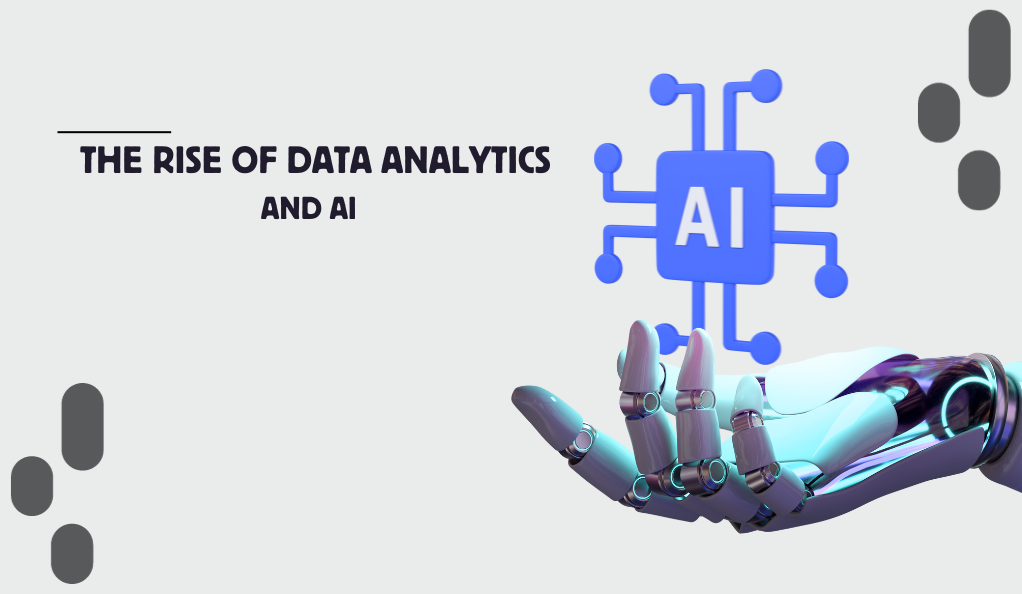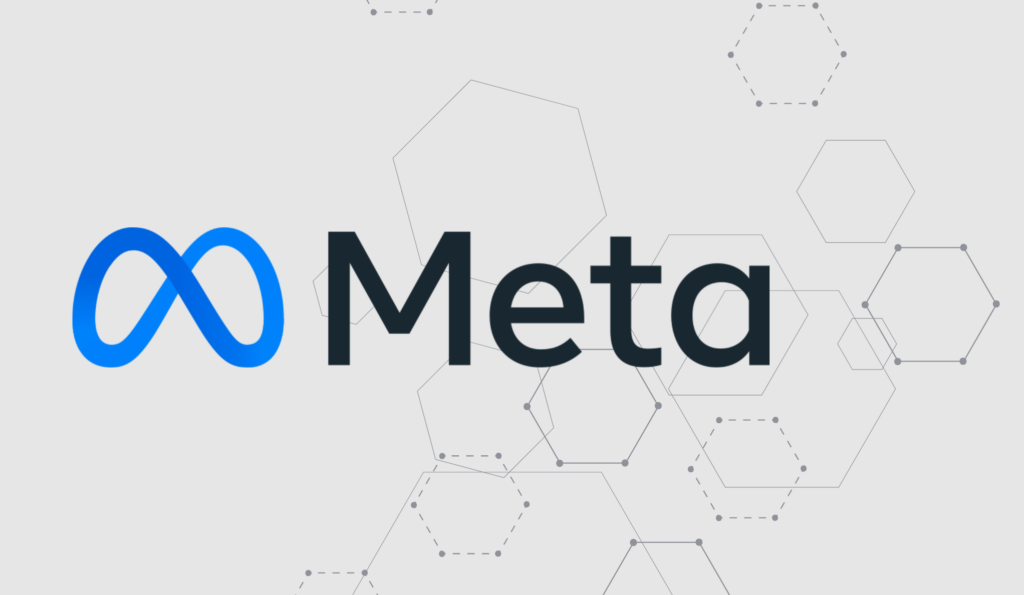In today’s digital age, data has emerged as the new oil, powering businesses and driving innovation across industries. As organizations increasingly rely on data to make informed decisions, understanding the business model of data becomes paramount. This section delves into the significance of data in modern businesses and offers a glimpse into the transformative power of data-driven strategies.
The Dawn of the Data-Driven Era
The 21st century has witnessed an unprecedented surge in data generation. From social media interactions and online transactions to IoT devices and sensors, every digital touchpoint contributes to the vast ocean of data. According to a report by Statista, the global data sphere is expected to grow to a staggering 175 zettabytes by 2025, highlighting the exponential growth and importance of data.
| Year | Global Data Sphere (in Zettabytes) |
|---|---|
| 2010 | 2 ZB |
| 2015 | 8 ZB |
| 2020 | 40 ZB |
| 2025 (Projected) | 175 ZB |
Significance of Data in Modern Businesses
Data is not just about numbers; it’s about insights, patterns, and potential. Here’s why data is invaluable for businesses:
- Informed Decision Making: Data provides factual evidence, enabling businesses to make decisions based on concrete information rather than intuition.
- Customer Insights: By analyzing customer data, businesses can understand preferences, behaviors, and pain points, allowing for tailored offerings and enhanced customer experiences.
- Operational Efficiency: Data analytics can identify bottlenecks, inefficiencies, and areas of improvement in business operations, leading to cost savings and increased productivity.
- Innovation and Product Development: Data-driven insights can guide the development of new products or services, ensuring they meet market demands and customer needs.
- Competitive Edge: In a saturated market, data can be the differentiator, giving businesses a competitive advantage by leveraging insights that others might overlook.
Historical Perspective
To truly appreciate the significance of data in today’s business landscape, it’s essential to understand its evolution. The journey of data in business is a tale of transformation, from rudimentary record-keeping to the sophisticated big data analytics of today.
The Humble Beginnings
Long before the advent of computers, businesses recognized the value of data. In ancient civilizations, merchants and traders maintained ledgers to record transactions, track inventory, and manage finances. These manual records, though primitive, laid the foundation for data-driven decision-making.
The Digital Revolution
The 20th century marked a turning point with the invention of computers. Businesses began to digitize records, leading to the birth of databases. These digital repositories allowed for faster data retrieval and more efficient storage. The 1980s and 1990s saw the rise of Enterprise Resource Planning (ERP) systems, integrating various business processes and centralizing data.
From Traditional Databases to Big Data
As the internet proliferated in the early 2000s, the volume of data generated skyrocketed. Traditional databases, designed for structured data, struggled to cope with the influx of unstructured data from sources like social media, videos, and images. This challenge led to the emergence of big data technologies, capable of handling vast amounts of diverse data.
The term “big data” encapsulates the three Vs:
| V | Description |
|---|---|
| Volume | Refers to the sheer quantity of data generated. |
| Velocity | Indicates the speed at which new data is produced and processed. |
| Variety | Denotes the different types of data, from structured to unstructured. |
The Rise of Data Analytics and AI

With the tools to store and manage big data in place, the focus shifted to extracting value from it. Advanced analytics tools and Artificial Intelligence (AI) algorithms were developed to mine insights from data, leading to predictive analytics, machine learning, and deep learning. These technologies enabled businesses to forecast trends, optimize operations, and personalize customer experiences.
In retrospect, the evolution of data in business is a testament to humanity’s relentless pursuit of knowledge and efficiency. From clay tablets and papyrus scrolls to cloud storage and AI-driven analytics, data has been, and will continue to be, at the heart of business innovation.
Core Components of a Data-Driven Business Model
Understanding the intricacies of a data-driven business model requires a deep dive into its core components. These components not only define the structure of the model but also determine its efficacy in leveraging data for business growth.
Data Collection Methods
In the realm of business, data is ubiquitous. However, the quality and relevance of this data are determined by the methods employed to collect it. Here are the primary methods:
- Surveys and Feedback: Direct feedback from customers provides insights into their preferences, expectations, and pain points.
- Web Analytics: Tools like Google Analytics track user behavior on websites, capturing data related to page views, bounce rates, and conversion paths.
- IoT Devices: Internet of Things devices, from smart thermostats to wearable tech, generate a continuous stream of data about user habits and preferences.
- Social Media Monitoring: Platforms like Twitter and Facebook are goldmines of customer sentiment and trends.
- Purchase and Transaction Data: Every transaction, whether online or offline, provides data points related to customer preferences, buying habits, and market trends.
Data Storage and Management
Once collected, data needs to be stored, organized, and managed effectively. This involves:
- Databases: Relational databases like MySQL or NoSQL databases like MongoDB cater to different data storage needs.
- Data Warehouses: These are large-scale storage solutions that aggregate data from various sources, making it accessible for analysis.
- Data Lakes: Unlike structured data in warehouses, data lakes store raw, unstructured data, offering flexibility in data usage.
- Cloud Storage: Solutions like Amazon S3 or Google Cloud Storage provide scalable and secure data storage options.
Data Analysis and Interpretation
The true value of data lies in its analysis. Transforming raw data into actionable insights requires:
- Data Mining: This involves examining large datasets to identify patterns and trends.
- Predictive Analytics: Using historical data to forecast future trends and behaviors.
- Machine Learning: Algorithms that learn from data and make decisions or predictions based on it.
- Data Visualization: Tools like Tableau or Power BI that represent data in a visual format, making it easier to interpret and understand.
Monetizing Data: Strategies and Approaches
In the digital economy, data isn’t just a tool for decision-making; it’s also a valuable asset that can be monetized. Businesses have discovered various strategies to turn their data into revenue streams. Here’s a closer look at some of the most prevalent approaches:
Selling Data to Third Parties
Many businesses accumulate vast amounts of data that can be valuable to other organizations. For instance:
- Retailers might have data on consumer buying habits, which can be valuable to market researchers.
- Tech companies with large user bases can sell anonymized user data to advertisers for targeted campaigns.
However, it’s crucial to ensure that any data sold is in compliance with privacy regulations and does not compromise user confidentiality.
Using Data for Targeted Advertising
Data-driven advertising has revolutionized marketing. By analyzing user data:
- Businesses can create personalized ad campaigns that resonate with specific audience segments.
- Platforms like Facebook and Google allow advertisers to target users based on their online behavior, interests, and demographics.
Subscription-Based Models
Some platforms offer valuable data-driven insights as a service. For instance:
- Market research firms provide industry-specific reports and forecasts to subscribers.
- Financial platforms might offer data-driven insights into stock market trends or investment opportunities.
Freemium Models with Data-Driven Upgrades
Many online platforms offer basic services for free but reserve data-driven features for paying customers. For example:
- Analytics platforms might offer basic metrics for free but charge for advanced data-driven insights.
- Software-as-a-Service (SaaS) products often provide additional data-driven features to premium subscribers.
Data-Driven Product Recommendations
E-commerce platforms like Amazon use data analytics to:
- Recommend products based on a user’s browsing history and purchase behavior.
- Such recommendations often lead to increased sales, as they’re tailored to individual user preferences.
Licensing Data-Driven Technologies
Companies that develop proprietary data analysis tools or algorithms can license them to other businesses. This approach is common in sectors like:
- Healthcare, where data-driven diagnostic tools can be licensed to hospitals or clinics.
- Finance, where algorithmic trading models might be licensed to investment firms.
Benefits of a Data-Driven Business Model

Incorporating data into the core of business operations has ushered in a new era of efficiency, innovation, and customer-centricity. Here’s a deep dive into the manifold benefits of a data-driven business model:
Enhanced Decision-Making
- Fact over Intuition: With data at their fingertips, businesses can make decisions grounded in facts rather than relying solely on intuition or gut feelings.
- Risk Mitigation: Predictive analytics can forecast potential risks, allowing businesses to take proactive measures.
Personalized Customer Experiences
- Tailored Offerings: By understanding customer preferences and behaviors, businesses can tailor their offerings, leading to increased satisfaction and loyalty.
- Effective Communication: Data-driven insights enable businesses to communicate with customers at the right time, through the right channel, with the right message.
Competitive Advantage in the Market
- Staying Ahead: In a rapidly evolving market, real-time data analytics can provide businesses with a competitive edge by identifying emerging trends before competitors do.
- Innovation: Data-driven insights can spur innovation, leading to the development of new products, services, or solutions that cater to unmet market needs.
Operational Efficiency
- Optimized Processes: Data analytics can pinpoint inefficiencies in business processes, paving the way for optimization and cost savings.
- Resource Allocation: By understanding which areas of the business generate the most value, resources can be allocated more effectively.
Financial Growth
- Revenue Streams: As discussed in the previous section, data can be monetized in various ways, opening up new revenue streams.
- Cost Savings: Data-driven insights can identify areas of wastage or inefficiency, leading to significant cost savings.
Building Trust
- Transparency: Businesses that use data responsibly and transparently can build trust with their customers, especially in an age where data privacy is a significant concern.
- Ethical Standards: A commitment to ethical data usage can enhance a business’s reputation and brand value.
Challenges and Ethical Considerations
While the benefits of a data-driven business model are manifold, it’s not without its challenges. As businesses increasingly rely on data, they must also grapple with ethical dilemmas, regulatory hurdles, and technical challenges. Here’s an exploration of some of these issues:
Data Privacy Concerns
- User Consent: With regulations like the General Data Protection Regulation (GDPR) in Europe, businesses must ensure they have explicit consent from users before collecting and processing their data.
- Data Breaches: High-profile data breaches have made headlines in recent years, emphasizing the need for robust cybersecurity measures.
Regulatory Compliance
- Evolving Regulations: As governments worldwide recognize the importance of data privacy, they’re enacting stringent regulations. Businesses must stay updated and compliant, which can be challenging given the evolving nature of these laws.
- Penalties: Non-compliance can result in hefty fines and reputational damage. For instance, GDPR violations can lead to fines of up to 4% of a company’s annual global turnover.
Ethical Dilemmas in Data Usage
- Bias and Discrimination: If not handled correctly, data can reinforce societal biases. For instance, AI models trained on biased data can lead to discriminatory outcomes.
- Transparency: While businesses can gain insights from data, they must be transparent about how they use these insights, especially when it impacts users directly, such as in personalized advertising or product recommendations.
Data Quality and Integrity
- Inaccurate Data: Data-driven decisions are only as good as the data itself. Inaccurate or outdated data can lead to misguided strategies.
- Data Silos: Often, data is stored in isolated systems or departments, making it challenging to gain a holistic view of business operations.
Technical Challenges
- Infrastructure: Handling vast amounts of data requires robust infrastructure, which can be expensive and complex to set up and maintain.
- Talent Shortage: The demand for data scientists, analysts, and other data professionals often outstrips supply, leading to a talent crunch in the industry.
The Future of Data in Business

The journey of data in the business realm is far from over. As technology continues to evolve and the world becomes even more interconnected, the role of data in shaping the future of business is undeniable. Here’s a glimpse into what the future might hold:
The Rise of AI and Machine Learning
- Automated Decision-Making: Advanced AI algorithms will enable businesses to automate complex decision-making processes, ensuring faster and more accurate outcomes.
- Enhanced Personalization: Machine learning models will offer even more personalized experiences to users, from product recommendations to tailored content.
Potential Shifts in Data Ownership
- User Control: There’s a growing movement towards giving users more control over their data. In the future, users might have the ability to decide who gets access to their data and for what purpose.
- Decentralized Data: Technologies like blockchain could lead to decentralized data storage and management, ensuring greater security and transparency.
The Role of Data in Sustainable Business Practices
- Environmental Analytics: Data analytics will play a pivotal role in tracking and reducing the environmental impact of businesses, from carbon footprints to waste management.
- Social Impact Measurement: Businesses will leverage data to measure and enhance their social impact, ensuring they contribute positively to society.
Integration of Augmented Reality (AR) and Virtual Reality (VR)
- Data Visualization: AR and VR technologies will offer innovative ways to visualize and interact with data, making it more accessible and understandable.
- Enhanced User Experiences: Combining data analytics with AR and VR will lead to immersive user experiences, from virtual shopping trips to interactive data-driven games.
Quantum Computing and Data
- Processing Power: Quantum computers, with their immense processing power, will revolutionize data analytics, enabling businesses to analyze vast datasets in mere seconds.
- Complex Simulations: Quantum computing will allow businesses to run intricate simulations, leading to breakthroughs in fields like drug discovery, financial modeling, and climate forecasting.
Conclusion
The role of data in the modern business landscape is both transformative and pivotal. As we’ve explored the data-driven business model, it’s evident that adaptability, ethical responsibility, and innovation are crucial. In this rapidly evolving digital era, businesses must be agile, prioritizing user privacy and trust while continuously innovating. The essence of every data-driven strategy is its user-centric approach. As we transition into a new phase of the digital age, businesses that effectively harness the power of data will undoubtedly lead the way, setting the standard for future endeavors.








